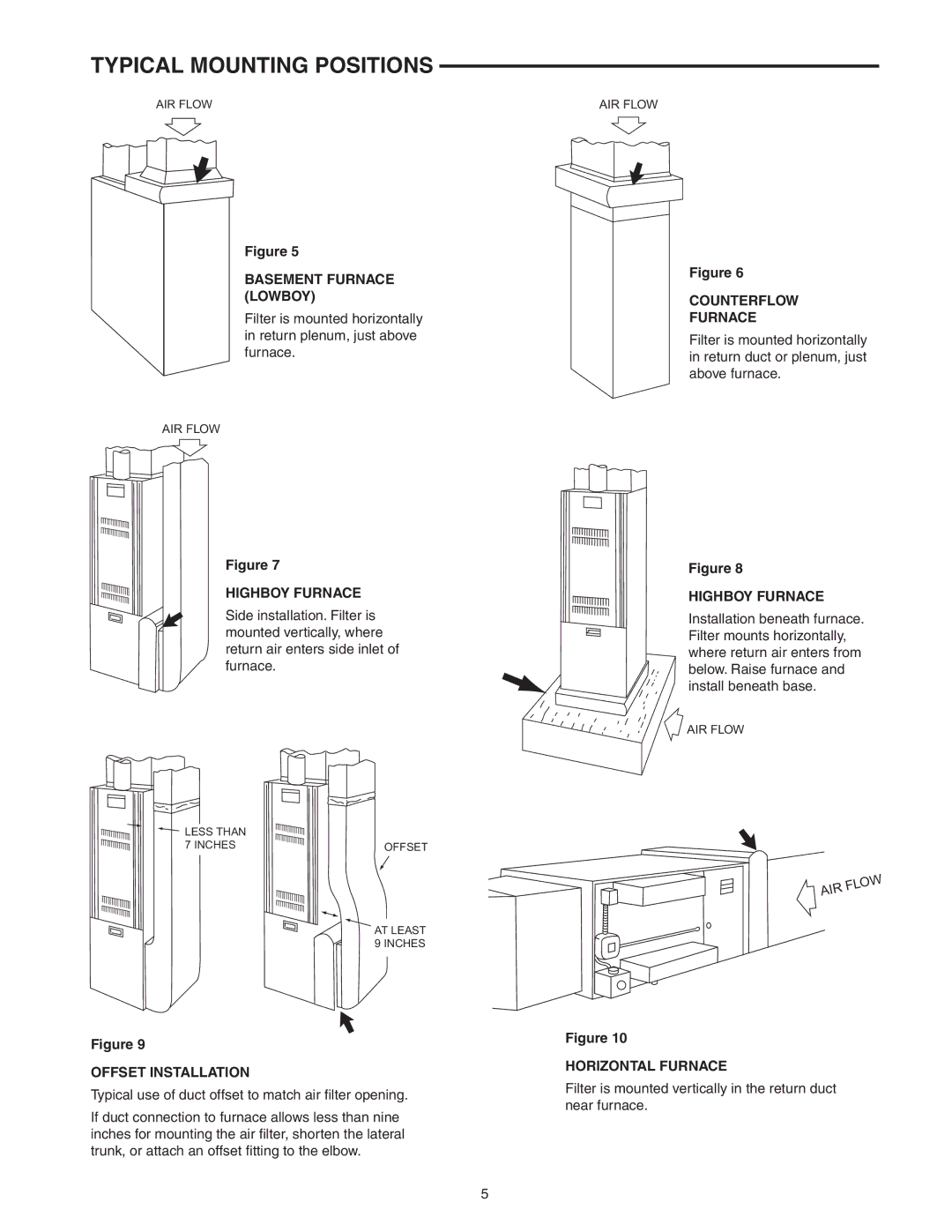ACM1000M-XXX, ACM1600M-XXX, ACM1400M-XXX, ACM2000M-XXX specifications
The Emerson ACM series of controllers represents the forefront of advanced control technology in industrial applications. Among these, the ACM2000M-XXX, ACM1600M-XXX, ACM1000M-XXX, and ACM1400M-XXX models stand out due to their impressive features and capabilities.One of the defining characteristics of the ACM series is its enhanced processing speed. Equipped with powerful microprocessors, these controllers ensure fast data processing and real-time decision-making, which is crucial for maintaining operational efficiency in demanding environments. The ACM2000M, for instance, has a processing capability that supports complex algorithms and predictive analytics, allowing for improved operational insights.
All models in the ACM series are designed with user-friendliness in mind. They feature intuitive interface designs, including a bright LCD display that provides real-time data and diagnostics. This makes it easier for operators to monitor performance and troubleshoot issues quickly. The layout of the controls is thoughtfully arranged to facilitate seamless interaction, significantly reducing response times during critical situations.
In terms of connectivity, these controllers support various communication protocols, such as Modbus, Ethernet/IP, and BACnet, enhancing their compatibility with other devices and systems. This enables seamless integration into existing infrastructure and allows for centralized monitoring and control, streamlining operations across multiple systems.
The ACM series is also notable for its robust security features. Built-in cybersecurity measures safeguard against unauthorized access, ensuring that sensitive data and control processes remain protected. This is particularly important in industries where data integrity and privacy are paramount.
Moreover, the ACM series is distinguished by its modular architecture, allowing for easy expansion and customization. Users can add additional modules as requirements evolve, making these controllers a flexible solution that adapts to changing operational demands.
Reliability is another hallmark of the Emerson ACM series. Designed for tough industrial environments, these controllers undergo rigorous testing to ensure they can withstand extreme temperatures, humidity, and vibration. This durability minimizes downtime and maintenance costs, thereby enhancing the overall productivity of operations.
In summary, the Emerson ACM2000M-XXX, ACM1600M-XXX, ACM1000M-XXX, and ACM1400M-XXX controllers embody cutting-edge control technology with features such as high processing speed, user-friendly interfaces, robust connectivity options, stringent security measures, modular design, and exceptional durability. These characteristics make them ideal solutions for industries seeking to optimize performance and adapt to ever-changing operational needs.

